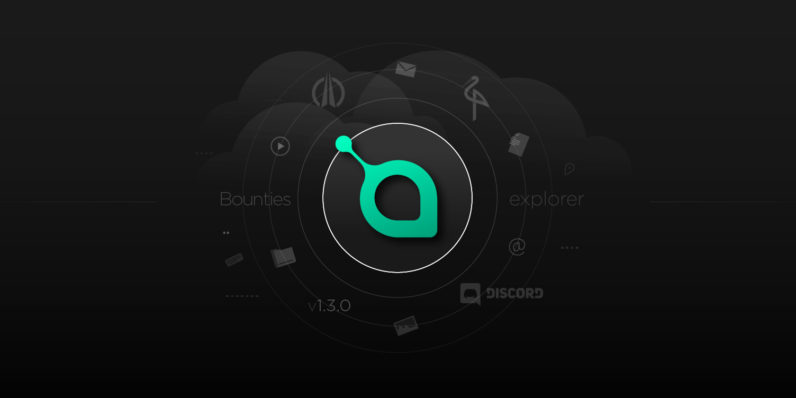BREAKING NEWS: As Bitcoin prices climb, Siacoin offers an attractive alternative
Everyone is looking for the next Bitcoin. Finding a currency with potential not just to change the world, but also net multiple thousand percent returns over the next several months, though, isn’t as easy as an influx of new contenders would have you believe.
But it doesn’t matter. Wealth creation that centers on speculation isn’t a story worth talking about. What we should be talking about is blockchain technology, decentralization, and the profound impact of small teams hell-bent on disrupting the world’s financial markets. Instead, we’re focused on lucky assholes with the misguided foresight to invest in largely theoretical (at the time) tech.
As a tech enthusiast, it’s only natural that I love cryptocurrency. But I didn’t at first.
I saw potential in a monetary instrument largely detached from government, a non-fiat currency bought, sold, and traded in the open on a ledger the entire world could see. To me though, it was just a bunch of 1’s and 0’s with an assigned dollar value. Bitcoin, unlike the dollar, yen, or euro didn’t move along the same lines as your typical currency; it was driven solely by speculation, something that’s just as true today as it was at its inception.
It’s a dollar bill, but one I couldn’t see, or touch.
And unlike that dollar bill, there’s a better than zero chance to lose it entirely through forces outside your control. If I hold a dollar, I’m at risk only from someone physically taking it. With cryptocurrency, the risks are numerous: the exchange could get hacked (see: MT Gox), it could lose half (or more) of its value overnight, or the government could just cut the cord and push Bitcoin back into the depths, making it once again viable only for drug dealers, human traffickers, and shady underground characters.
I didn’t come around until I better understood what was behind all the hype. In Bitcoin’s case, the currency wasn’t an answer, but a question: is there a better way?
Full disclosure: I own a small number of Siacoin, the token used to conduct transactions on the Sia network.
A better Bitcoin
Sia was born of the desire to build a better Bitcoin. Co-founders David Vorick and Luke Champine aimed to dissect the original, and develop a sort of 2.0 version that would lead us into crypto’s second wave.
They failed.
In attempting to build a better Bitcoin, the two ultimately became even more enamored with the technology. They weren’t sure it was possible to create an altogether “better” version of the pioneering cryptocurrency we’ve since turned into the gold standard of altcoins. That’s not to say it was perfect; there were, and still are, improvements worth making. But as far as building something completely unique, something offering a worthwhile improvement over the original: the co-founders drew a blank.
Sufficiently impressed with Bitcoin, the pair started a new project, this time at an MIT hacking competition. It’s this 2013 competition that led Vorick and Champine to their current obsession: file storage.
What file storage lacks in sexiness it more than makes up for in utility. And if you’re looking for a market ripe for decentralization, look no further.
Amazon, by all accounts is a giant in the retail space. Its retail presence, however, is dwarfed in terms of marketshare by another Amazon product that operates behind the scenes while silently powering nearly 50 percent of the web: AWS.
Let’s take a step back. To understand Sia, you first have to understand the basics of file hosting.
The problem with server farms
At its simplest form, the web is the sum of millions of always-on computers located around the globe, each storing and serving files to users on-demand. When an internet user types in a web address, computers around the globe kick into overdrive and serve images, text, video, and audio on-demand.
These computers, otherwise known as servers, are big business. And Amazon is the biggest of them all, operating massive data centers all around the globe. And as you’d imagine, operating a data center, also known as a “server farm,” capable of keeping 45 percent of the internet running is no easy task. Server farms eat up a massive footprint, and require huge injections of capital to build, maintain, secure, and power these mega plants.
Google, by one estimate, requires as much energy as the country of Turkey to run its server farms. And that was in 2015.
The move to alternative energy lessened some of the concern. But before you pat large corporations on the back for their switch to wind and solar, remember the decision was influenced as much by cost as it was conscience. Renewable energy, after all, significantly lowered their operating costs by reducing power bills to practically nothing — after considering the upfront investment.
You want decentralization as impactful as disrupting global currency markets? Here it is.
Disrupting data storage, one device at a time